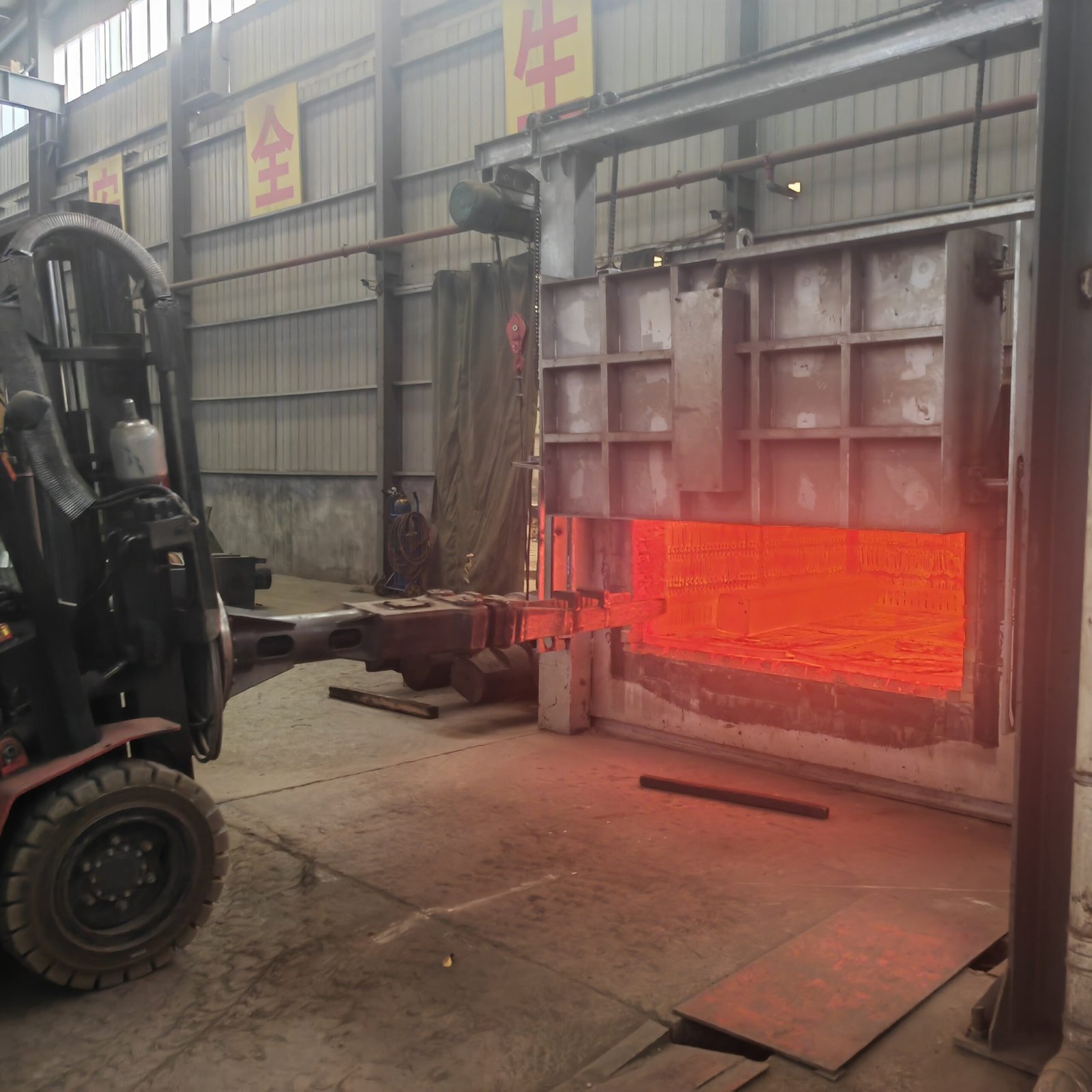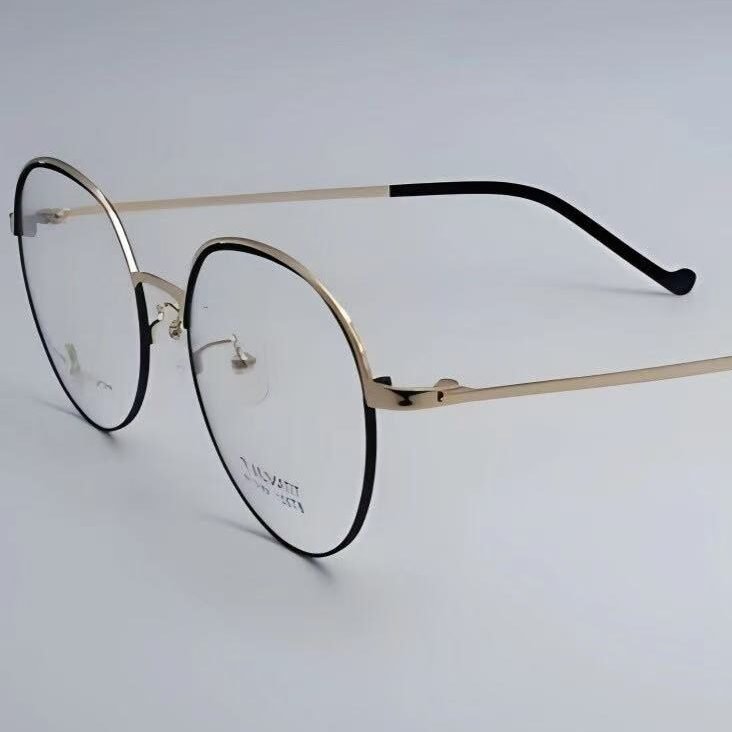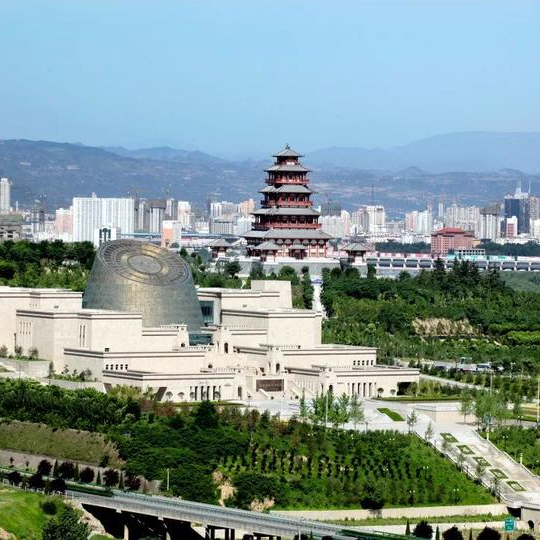Hi everyone, this is your procurement assistant, Olivia. Long time no see! These days have been incredibly busy for me, as we’re gearing up for China’s most important holiday—Spring Festival. For us Chinese, Spring Festival is as significant as Christmas in the West, a time for family reunions. That means we’re about to start our holiday soon, and everyone is eagerly looking forward to going home and spending time with their loved ones.
At the same time, the factories are bustling with activity. Workers are seizing every moment to meet deadlines and fulfill delivery commitments for some customers before the break. Everyone knows that client orders are our responsibility, so even as the holiday approaches, there’s no room for slacking off.
Today, during a video meeting with a client, I noticed he was holding a titanium cup. The cup looked sleek and modern, and I couldn’t help but tease him, “Wow, that’s a pretty stylish cup you’ve got there!” He chuckled and asked me, “Titanium isn’t an expensive metal, so why are titanium alloy products so pricey?” Luckily, as someone who has been in this industry for years, I happen to know a thing or two about this. So, let me take this opportunity to share some insights into this topic.
1. Production Volume and Market Position
Compared to steel, which boasts an annual production in the billions of tons, titanium’s production—just a few tens of thousands of tons annually—is minuscule. Nowadays, calling titanium a “rare metal” might be an exaggeration, but at best, it can only be considered a “niche metal.”
Titanium alloy applications are still not very widespread. Over the past few years, there has been significant media coverage of the aerospace sector, where titanium alloys are seen as a “star material.” For critical components in aircraft manufacturing, where material performance is paramount, titanium alloys are the go-to choice due to their excellent strength-to-weight ratio and high-temperature resistance. Beyond aerospace, titanium alloys are also used in high-end decorative applications, such as luxury hotel interiors or bespoke home furnishings. In the medical field, titanium alloys shine as an irreplaceable material for implants. Even something as small as a screw, given its specific purpose and stringent quality standards, can cost tens of thousands. Naturally, this creates an impression of exclusivity and sophistication. This premium positioning, coupled with limited supply, drives up the price.
It’s important to emphasize that product pricing isn’t solely determined by cost—especially for niche consumer goods. More often, it’s the perceived value that dictates the price. This value encompasses various aspects, including cultural significance. For example, some brands infuse their titanium products with unique cultural narratives and brand stories, so consumers aren’t just buying the product—they’re buying into a lifestyle or emotional connection. Of course, costs are still a vital part of value, including R&D, design, materials, and processing. Together, these factors shape the final price.
2. Breakdown of Titanium Alloy Costs
Let’s dive into the pricing structure of titanium alloys. Take sponge titanium, for instance—it’s currently priced at about 68,000 RMB per ton. However, the journey from sponge titanium to usable titanium sheets involves dozens of complex processes.
The smelting process itself is vastly different from steel. While steel smelting is relatively common, titanium alloy smelting requires a vacuum arc furnace, often necessitating two or more smelting cycles. Throughout this process, precise control of melting speed, voltage, and current is required, as well as strict composition control. For pure titanium, the content of impurities such as Fe, C, N, H, and O must be controlled. For alloys, in addition to controlling impurities, various compounds must be added in the form of master alloys to achieve specific performance characteristics. After these complex steps, it’s entirely normal for the price of pure titanium ingots to reach 80,000 RMB per ton, with alloy ingots priced similarly.
To turn ingots into slabs, multiple cycles of heating, forging, and annealing are required to produce the desired slab. Turning slabs into sheets is just as complicated, involving processes like heating, cold rolling, and hot rolling. Titanium sheet prices can vary greatly depending on the material, specifications, and requirements, ranging from around 100 RMB to over 1,000 RMB per kilogram. For instance, materials used for eyeglasses typically cost just over 100 RMB per kilogram.
3. Impact of Processing Difficulty on Pricing
Many people think titanium alloy is expensive because it’s hard to process. In reality, the processing performance of titanium alloy isn’t drastically different from that of steel. Claims that titanium alloys “gall” due to their softness are incorrect. Industrial-grade pure titanium has a Brinell hardness of around 200-300, comparable to steel or sometimes even harder—especially for alloys.
So, why is titanium alloy considered difficult to process? The main challenges lie in the following areas:
- Poor thermal conductivity:Titanium alloys have a very low thermal conductivity—only 1/6th that of 45# steel. This means heat generated during machining doesn’t dissipate effectively. Moreover, the short contact length between the cutting edge and the chips causes heat to concentrate on the cutting edge, rapidly increasing its temperature. This reduces the red hardness of the tool, softening the cutting edge and accelerating wear.
- High affinity:Titanium alloys exhibit strong adhesion during machining, causing galling. The friction between the tool and the workpiece generates heat, which not only affects machining precision but also significantly reduces tool life.
- High chemical reactivity:As cutting temperatures rise, titanium reacts with gases in the air, increasing the oxygen and nitrogen content. This leads to surface oxidation and hardening, which increases cutting force, stress on the cutting edge, and ultimately tool wear or failure.
- Low elastic modulus:During cutting, titanium alloys tend to deform, rebound, twist, and vibrate, affecting the geometric accuracy, surface finish, and tool wear.
That said, don’t worry too much about these challenges. In recent years, advancements in cutting tool materials and machining techniques have significantly mitigated these issues. From a cost perspective, machining titanium alloy isn’t dramatically more expensive than machining steel.
4. Welding Technology
Welding is another critical aspect of titanium alloy manufacturing. However, for products like eyeglasses, welding is not a significant issue. Eyewear generally has fewer welding points, and while welding them isn’t exactly easy, experienced workers can handle it competently.
Globally, the countries excelling in titanium alloy welding are the U.S. and France. France has some of the most advanced welding equipment, with substantial investments in R&D and equipment manufacturing, achieving high levels of quality and efficiency. The U.S. was the first to use titanium alloys for structural components in fighter jets, producing iconic aircraft like the F-86, F-15, and later the F-16 and F-18. Russia, despite starting later in the 1970s, has made rapid progress in titanium applications, achieving remarkable results in a short time.
In Conclusion
The high price of titanium alloy products (e.g., eyeglasses) stems from multiple factors. Beyond cultural value, limited adoption, and small production batches, there are material properties and stringent processing requirements to consider.
That said, titanium eyeglasses have unique advantages. Their biocompatibility is a major selling point, as titanium can be used for medical implants, ensuring wearers won’t experience allergic reactions. Additionally, titanium’s low density makes it lightweight and reduces facial pressure, ensuring comfort during long wear. Its high strength makes it more durable than aluminum alloys, while its outstanding corrosion resistance prevents discoloration—even in contact with sweat or acidic substances. Thanks to these qualities, titanium eyeglasses remain a sought-after choice in the market.
Share this article
Written by : 钛合金网
Follow us
Table Of Content
Latest articles
February 23, 2025
February 23, 2025



